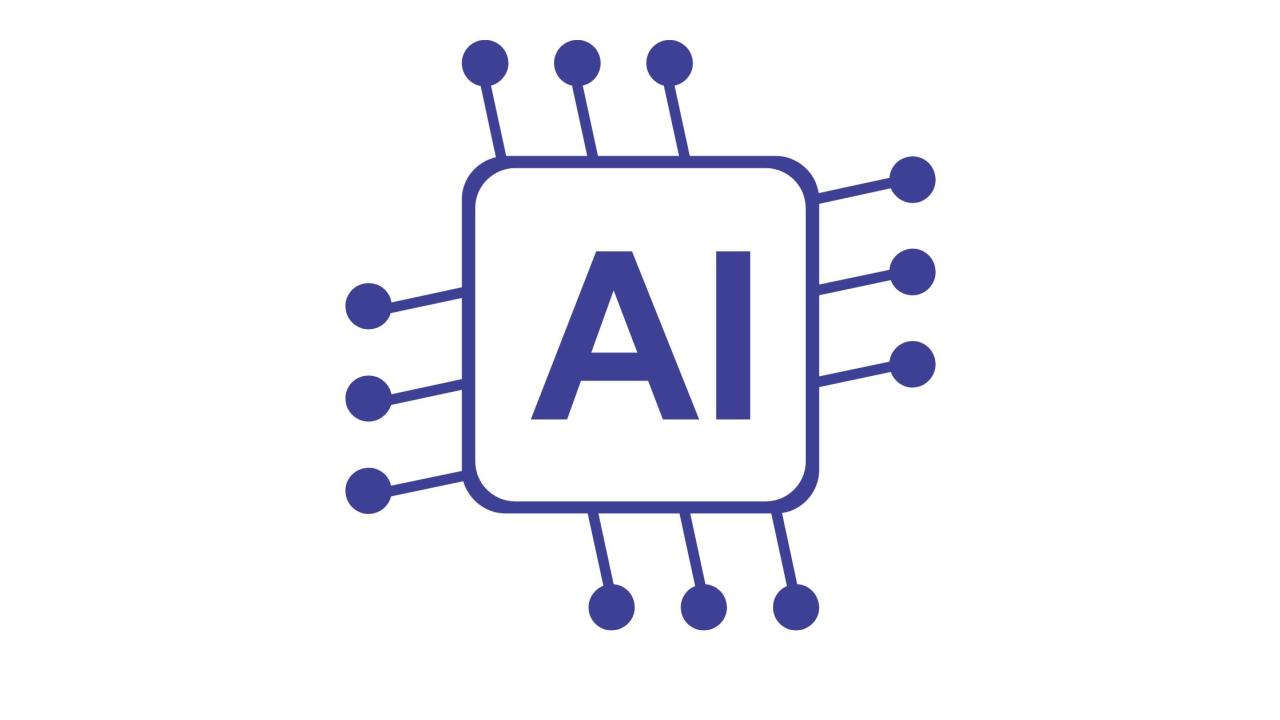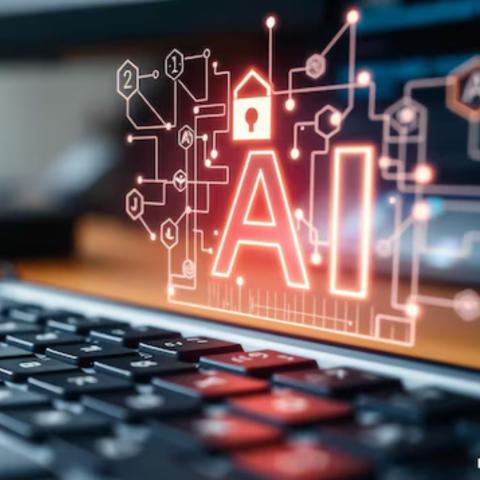Artificial Intelligence (AI) has become a major part of our everyday lives. From chatbots to recommendation systems, AI powers a wide range of applications. But not all AI systems work in the same way. Two of the most talked-about types are Generative AI and Traditional AI.
Whether you're curious about the technology or exploring solutions for your business, consulting a generative AI development company can help you harness the potential of these advancements.
In this blog, we’ll explore what these terms mean and highlight the key differences between them.
What Is Traditional AI?
Traditional AI focuses on performing specific tasks based on rules and pre-defined data. It is great at solving problems, analyzing data, and making predictions.
Key Features of Traditional AI:
- Task-Oriented: Designed for specific applications like fraud detection or speech recognition.
- Data Dependency: Relies on structured data to make decisions.
- Rule-Based: Often follows strict algorithms or models developed by humans.
Examples:
- Chatbots that respond with pre-written answers.
- Systems that detect spam emails.
- AI used in manufacturing to monitor equipment.
What Is Generative AI?
Generative AI is a newer type of AI that creates new content, such as text, images, music, or even code. It uses advanced algorithms like deep learning to generate outputs that mimic human creativity.
Key Features of Generative AI:
- Content Creation: Can produce unique outputs, like writing an essay or generating realistic images.
- Learning Patterns: Analyzes patterns in data to create something entirely new.
- Flexibility: Can handle unstructured data, such as pictures, audio, or freeform text.
Examples:
- ChatGPT generating conversations.
- AI tools creating artwork or music.
- Deepfake technology for creating realistic videos.
Key Differences Between Generative AI and Traditional AI
| Aspect | Traditional AI | Generative AI |
|---|---|---|
| Purpose | Task-specific problem solving | Content creation |
| Output | Predictive or decision-based | New and original content |
| Data Type | Mostly structured | Structured and unstructured |
| Examples | Fraud detection, recommendation systems | ChatGPT, image generators |
| Learning | Follows rules and existing models | Learns patterns to create new models |
When to Use Traditional AI vs. Generative AI
- Traditional AI: Best for applications requiring accuracy, reliability, and repetitive tasks. Examples include healthcare diagnostics and financial analysis.
- Generative AI: Ideal for creative and innovative applications like content generation, product design, and virtual assistants.
Conclusion
Both Traditional AI and Generative AI are transforming how businesses and individuals interact with technology. While Traditional AI excels in solving specific problems and performing repetitive tasks, Generative AI opens new doors for creativity and innovation. Understanding these differences can help you decide which approach aligns best with your needs.
If you’re ready to explore how these technologies can benefit your business, partnering with experts in artificial intelligence solutions can provide the guidance and tools you need to succeed in today’s AI-driven world.











